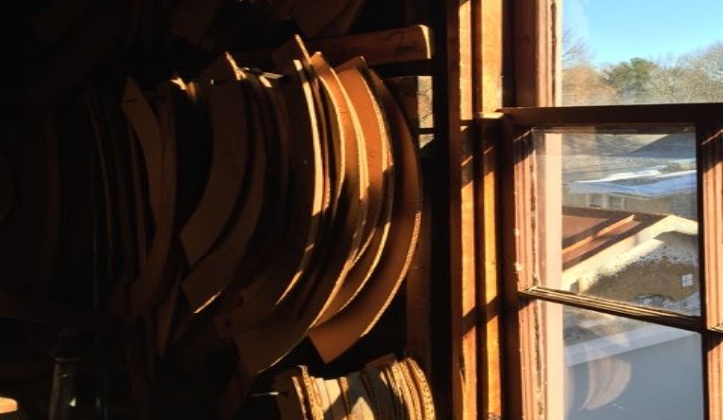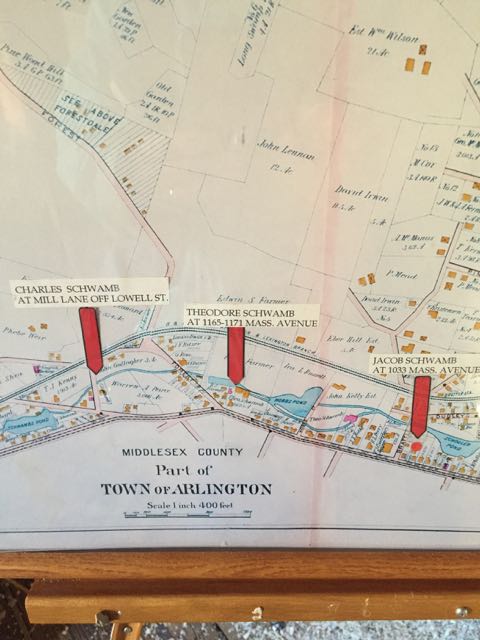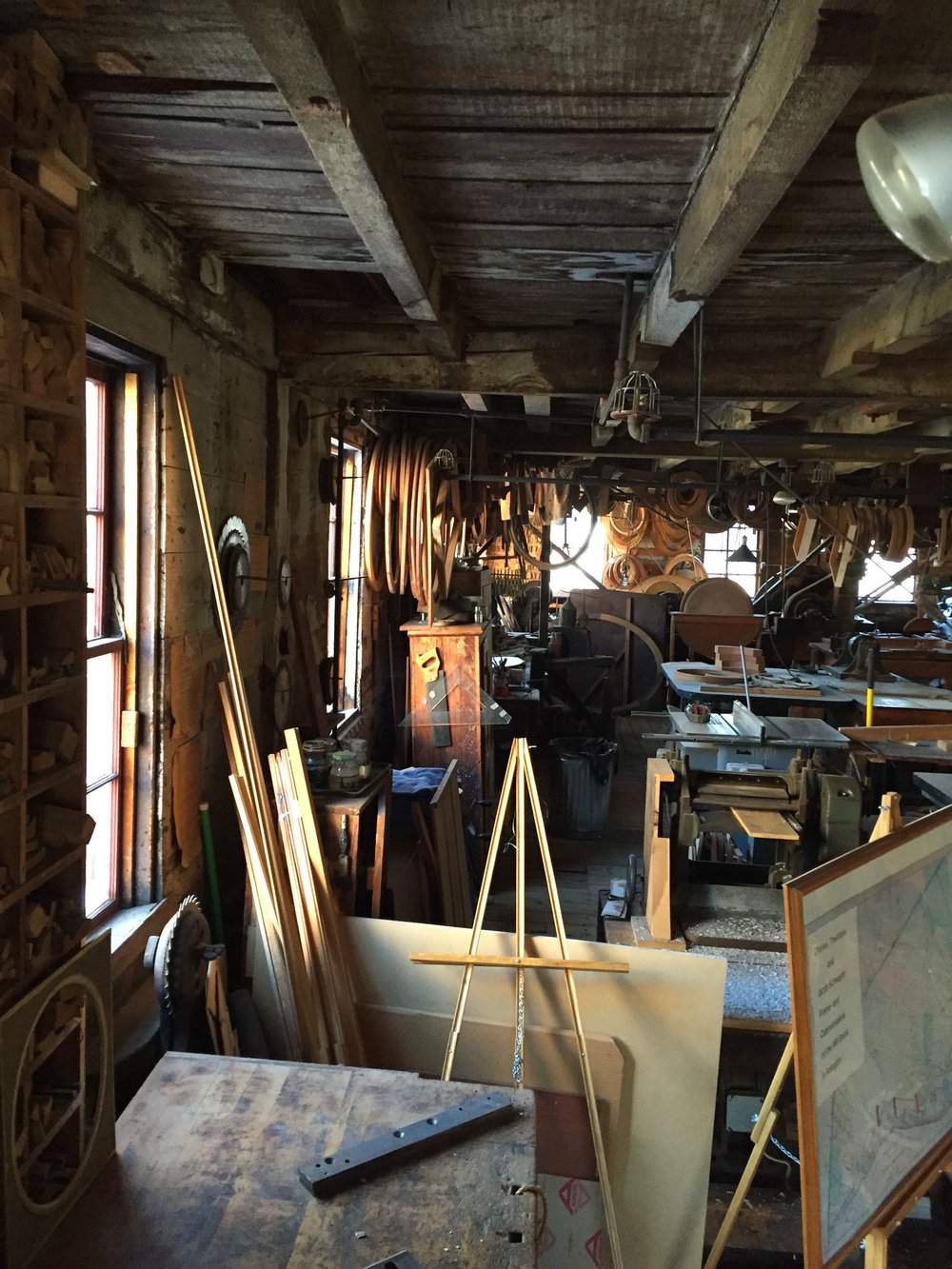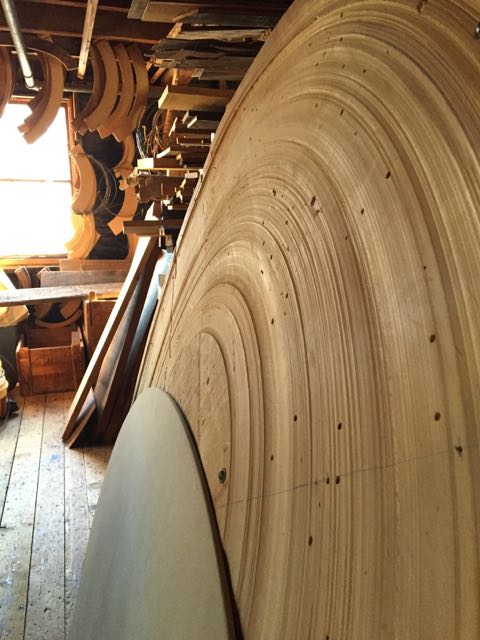Tapping Mill Brook: Three Centuries of Arlington Entrepreneurship

When Workbar Arlington opens the town’s first coworking space, its modern membership will be tapping into a centuries-old tradition of enterprise.
Thanks to Arlington's topography and civil engineering, unassuming little Mill Brook has been a boon to savvy entrepreneurs ever since Captain George Cook built a grist mill here in 1637. When the Schwamb family escaped the political upheaval of 19th century Rhineland, the most valuable thing they carried here with them was their technological savvy as craftsmen and engineers. Thus, the next chapter of the brook’s history reads like the American Dream: astride a gold mine of free water energy, the Schwamb family built an empire spanning so many generations that one of the mills is still operating.
I went to the Old Charles Schwamb Mill to meet Ed Gordon, the Historic Site Administrator. It’s less than a half a mile from the Workbar site at the Old Theo Schwamb Mill, but the inside of the place seems further away. Since the mill is jammed with wood in various states of becoming a picture frame, it is both museum and factory. The timeless lumber, antique tools, and finished frames inside the mill hold the stillness of a photograph, so I feel like a trespasser when Ed Gordon cranks up one of the machines to show me how the frames get made.
During the tour of the upstairs Gordon tells me about the brothers Schwamb. “Theo started his mill as a piano case factory, while Charles made oval picture frames. Both were responding to rising trends and meeting product needs.” The creaking floorboards underneath us notwithstanding, I notice this conversation could have been about a tech startup. “In the 1860s, the photograph arrived on the mass market. They were accessible to more people and the demand for portraits was huge.”
“Something about the way the first pictures were taken, there was an oval shape to the image,” Gordon explains, then proceeds down the timeline of history, past the boom of oval frames, to a time when rectangular frames replaced them, and the phonograph supplanted the piano as home entertainment. Almost wistfully, he recalls how the bottom fell out of both brothers' markets, and how a renaissance of sorts saved each.
Passing from machine room to glue room he walks me through the preservation of the Charles Schwamb Mill by Patricia Fitzmaurice, a local icon who recognized the historical importance of the landmark. Because of her efforts, the mill was listed in the National Registry of Historic Places in 1971. Coincidentally in the same year, the Theo Schwamb Mill was purchased by an eminent transplant from Armenia, John P. Mirak. His son Robert still owns it today and has partnered with Workbar to bring coworking to his Arlington.
By the time we return downstairs, I’ve learned how Fitzmaurice’s love and grit kept the mill running despite myriad challenges, and see the fruits of her labor right in front of me. Master craftsman David Graf is in the process of hand-making more frames, the kind that earned the site a visit from the PBS show “This Old House” in 2013.
The movement of water and ideas has sculpted this little stretch of Mill Brook. Adaptation, innovation and dreams- if not electricity- connect the modern entrepreneur to the deep history of the place. In that sense it’s easy to see how the same word means "movement in a circle," and also "cataclysmic change": revolution.
See Workbar explore the neighborhood and meet its new neighbors #HelloArlington.
Photo Gallery from the Old Schwamb Mill


About the Author: Dave Gentry is a fan of progress and recess. He believes in Olde English, new fortune cookies and he answers to #davertido.










